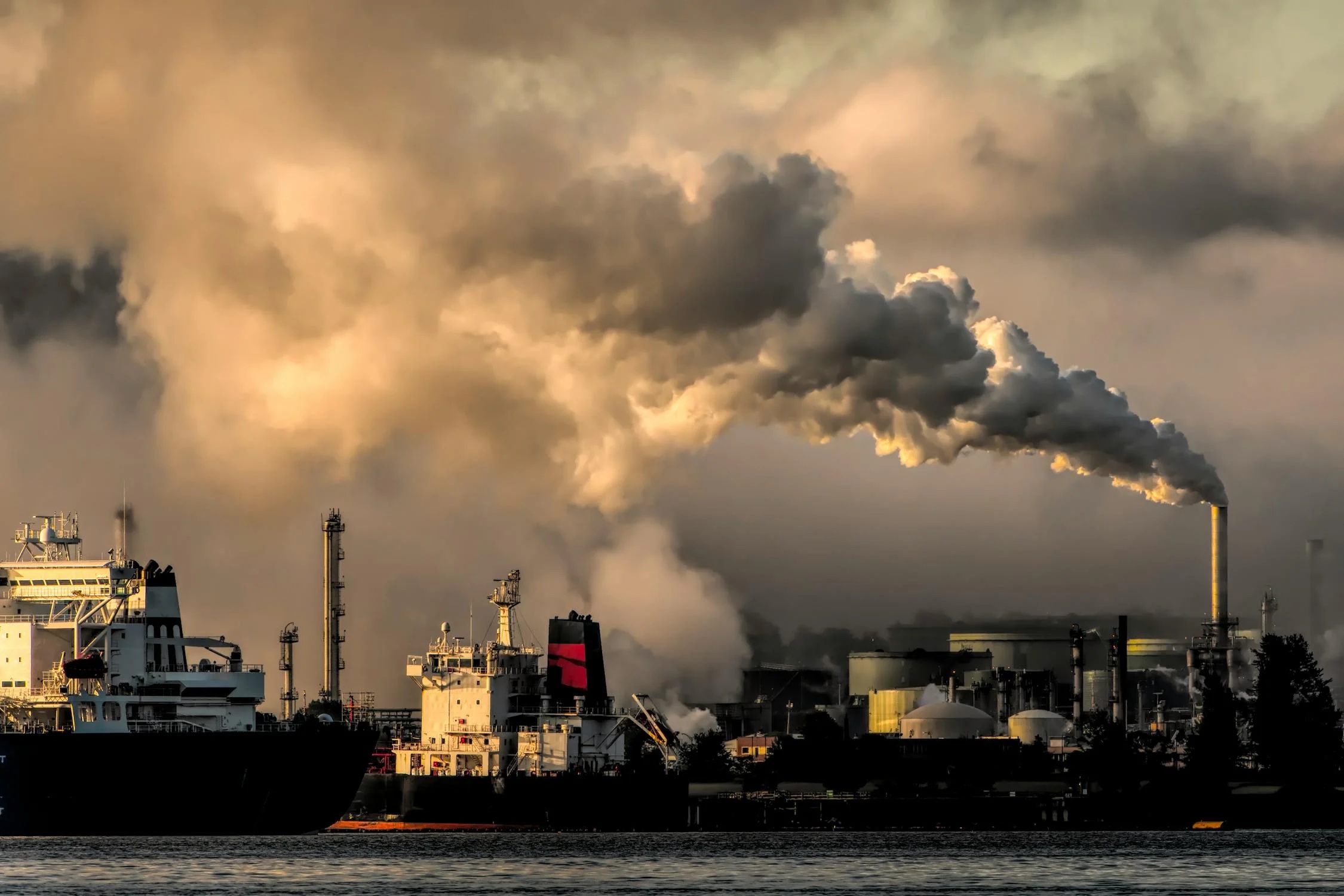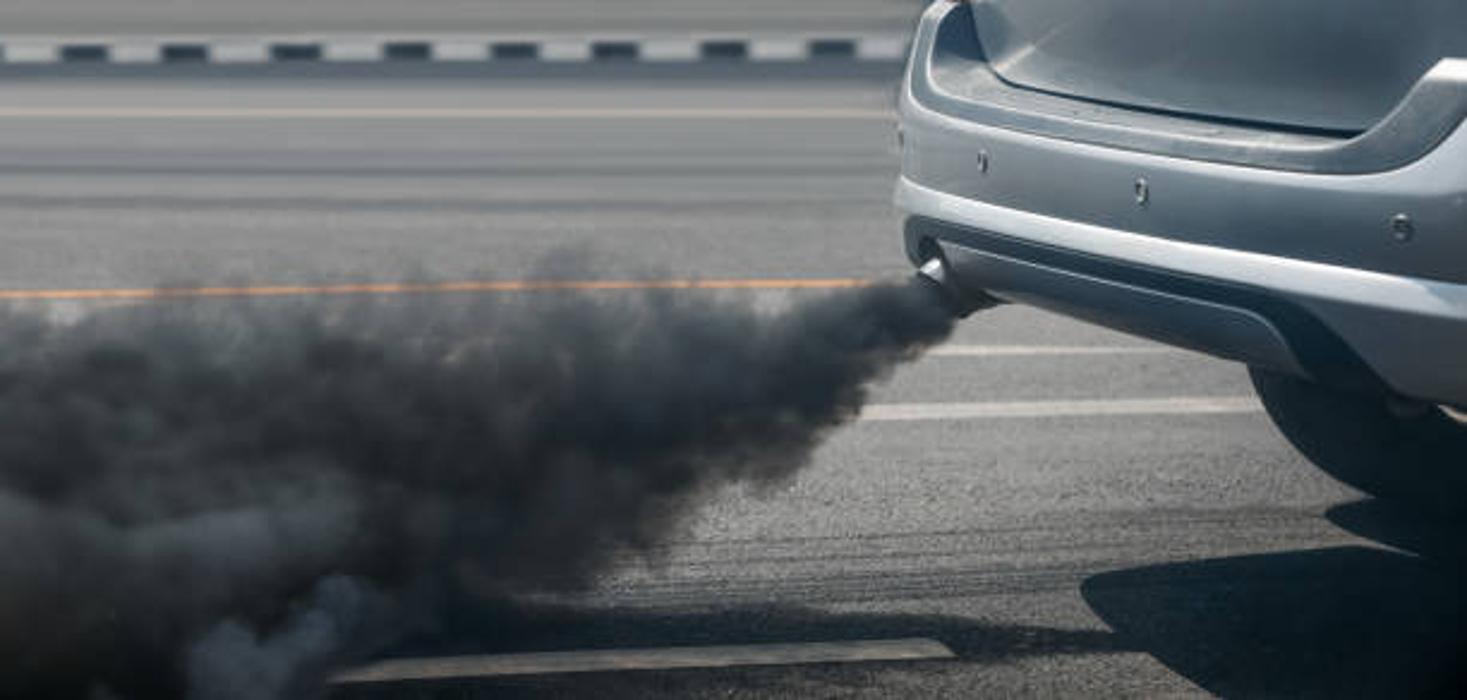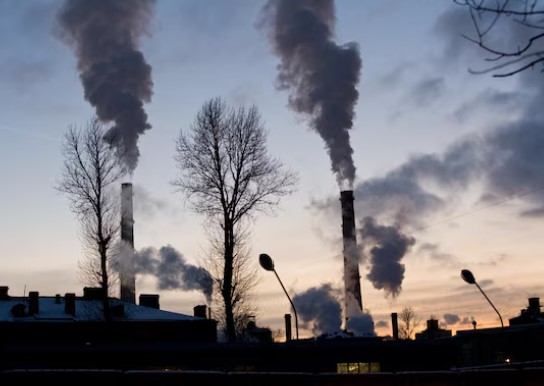The Biden Administration is intensifying its efforts to reduce nitrous oxide emissions—a potent pollutant—through an unexpected climate agreement with China.
This major development emerged from a White House climate summit, where the administration unveiled plans to address emissions from chemical plants in both the U.S. and China.
Tackling Nitrous Oxide

Reducing nitrous oxide, one of the most harmful greenhouse gases, would significantly advance the nation’s green agenda.
Reports indicate that factories in both countries are emitting this super-pollutant, prompting the U.S. to take action.
Equivalent to Removing 50 Million Cars

Successfully addressing this issue could be equivalent to removing 50 million cars from the road, and at a fraction of the cost.
“This is a big opportunity,” said Manish Bapna from the Natural Resources Defense Council.
A Rare Opportunity to Cut Emissions

John Podesta, Biden’s climate policy advisor, added, “It’s not a lot of the time that we find ourselves with an affordable and relatively straightforward way to eliminate emissions quickly, equivalent to tens of millions of cars on the road.”
He emphasized, “Cutting industrial nitrous oxide pollution is that opportunity. So I think we need to seize it together.”
Addressing Multiple Pollutants

The summit also addressed other pollutants like methane, with United Airlines participating by installing monitors on one of its planes to track these pollutants in the U.S.
However, the reliance on voluntary emission reductions from companies has had mixed results in the past.
The Dangers of Nitrous Oxide

Nitrous oxide poses a serious problem as it is 273 times more potent than CO2 and can persist for over a century.
Additionally, it harms the ozone layer, which protects us from the sun’s harmful rays.
U.S. and China Collaborate

The U.S. and China, significant contributors to these emissions, have committed to working together to address the issue.
Their focus is on reducing emissions from plants that produce chemicals like adipic acid, nitric acid, and caprolactam, which are used in various products.
U.S. Companies’ Goal

By early 2025, U.S. companies plan to reduce nitrous oxide emissions by more than 50% compared to 2020 levels.
Some major companies, like Ascend Performance Materials, have already made significant progress, nearly eliminating these emissions at their Florida plant through voluntary reductions that are being marketed as carbon offsets.
ClimeCo’s New Projects and the Challenges

ClimeCo, another leader in nitrous oxide reduction, has announced new projects to cut emissions by approximately 95% at three facilities by 2025.
International cooperation on climate change isn’t new; however, past efforts, such as a mid-2000s U.N. program for Chinese plants, faced challenges.
Past Issues with Emission Reductions

Factories initially increased emissions to claim larger reductions later, leading to a problematic situation that reverted when funding ended in 2012.
New carbon market rules aim to prevent such issues by paying only for the last 10% of emissions reductions, ensuring most reductions occur without compensation.
A Step Forward in Global Cooperation

If executed effectively, the U.S.-China deal could represent a significant advancement in climate action and serve as a powerful example of global cooperation.
However, its success remains to be seen.








































